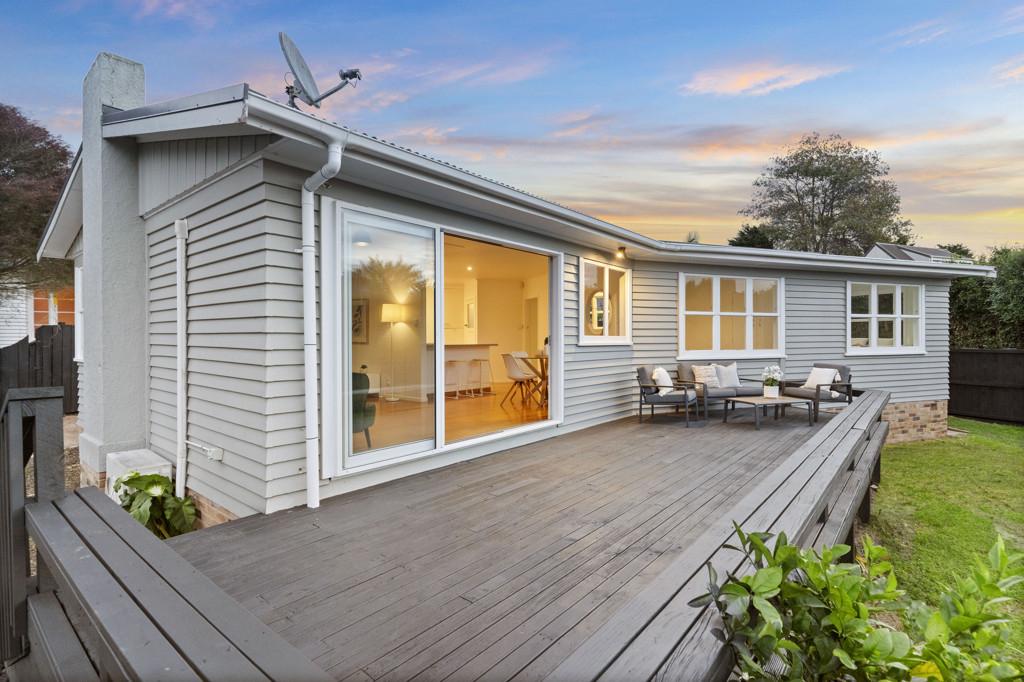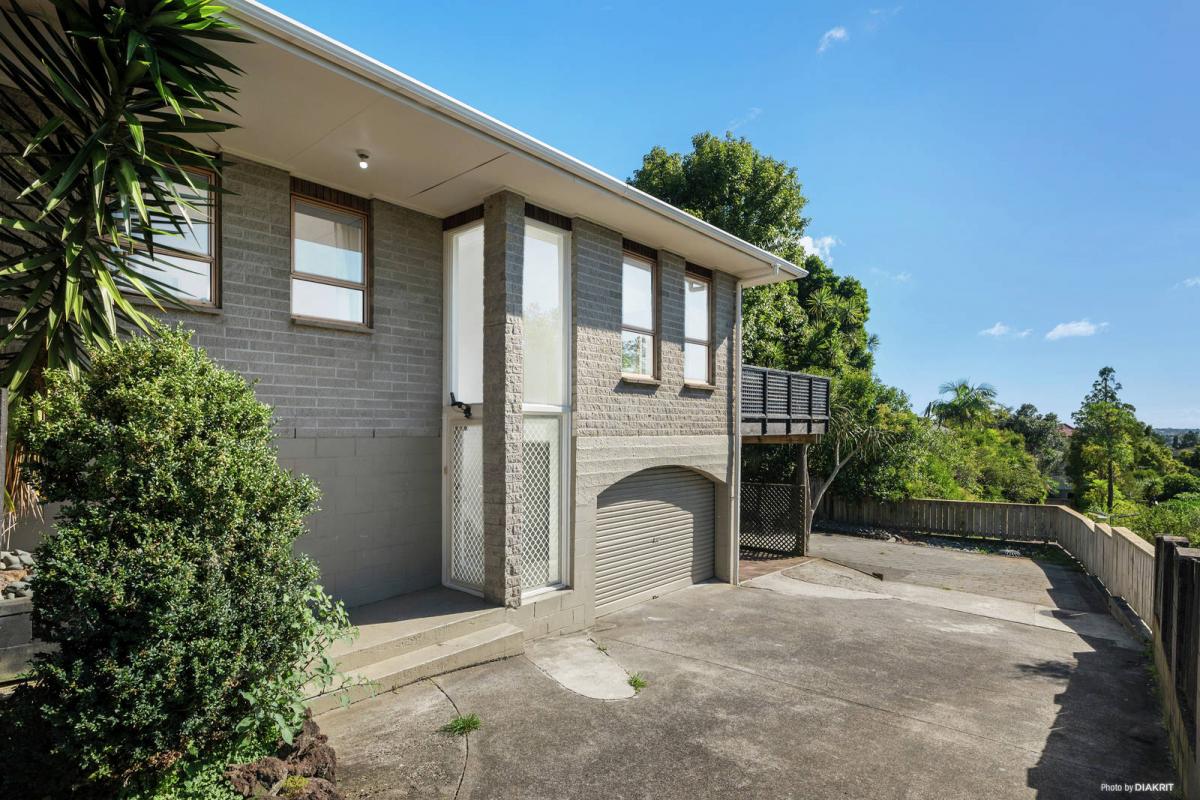SHORINJI KEMPO NORTH SHORE BRANCH REPRESENTS NEW ZEALAND AT INTERNATIONAL EVENT IN SAN FRANCISCO
BE THE BRIDGE – 70TH ANNIVERSARY INTERNATIONAL TAIKAI FOR SHORINJI KEMPO IN SAN FRANCISCO 31 JULY – 3 AUGUST 2017
San Francisco was the host city for the International Taikai and study session held 31 July to 3 August 2017 for the Japanese martial art group Shorinji Kempo. Four kiwis travelled to the USA to represent New Zealand over the weekend and two kenshi also sat grading tests while there; an opportunity that is restricted to be taken under the assessment of an World Shorinji Kempo Organisation representative once you have reached third Dan in your Shorinji Kempo branch.
The four New Zealanders who attended were Darren Louie, Branch Master of North Shore Branch, Rachel Louie, kenshi of North Shore Branch, Anthony Corin, Branch Master of West Auckland Branch, and Bruce Gatward-Cook, kenshi of West Auckland Branch.
A theme of “Be the Bridge” was very fitting considering the event was held in San Francisco, the home of the Golden Gate Bridge and all four kiwis enjoyed visiting the golden gate bridge, enjoying other highlights of San Francisco and participating in the weekend that included over 300 representatives from 22 countries around the world. The theme also captured the desire of this self defense to bridge communities and bring people together in a positive environment.
The event started with an AGM where Darren and Rachel Louie represented New Zealand at the meeting. The official event began the following morning with an opening ceremony where every country had a flag representative who carried in the country flag. Bruce Gatward-Cook was the New Zealand representative and it was a proud moment to have the flag brought out and placed in front of the line for New Zealand. While there were kenshis from all around the world, the large contingents were America, Japan and Indonesia. With the Japanese row of people overcrowded, many Japanese were excited to join the New Zealand line and be honorary New Zealanders for the opening ceremony.
After the opening ceremony, approximately 100 kenshi from 18 countries participated in embu competition which are self determined, choreographed demonstrations. Categories to enter included pair demonstrations according to grade and gender, mixed gender, husband and wife, international combination, and group demonstrations. The level of demonstrations was high and it was a very enjoyable day watching the quality of technique and timing.
The New Zealand delegation had enjoyed dinner the night before with the two “4th dan and above” men’s ultimate winners. They were rooting for them and were quick to congratulate the two Japanese kenshi who did a fantastic embu.
The following day was grading day. Darren and Rachel Louie, husband and wife duo from North Shore Branch, sat their written examination where they had one hour to write two philosophical topics about the essence of Shorinji Kempo and the importance of the quality of people. The written essay is a requirement of the grading process. That afternoon they sat their physical examinations, along with just over sixty kenshi from around the world sitting gradings for third Dan black belt through to seventh Dan. After just over two hours of physical techniques which comprised demonstrating stances, single form, pair form and embu, a predetermined choreographed pair demonstration, the grading came to a close. Darren paired up with a kenshi from America and Rachel paired up with two kenshi from different cities in America, both kenshi running their respective branches. At the completion of the requirements, the results of the grading would not be given until the last day of the International Study Session.
Darren Louie has been training for 27 years and met his wife, Rachel Louie at the 50 year anniversary in Tokyo which happens to be 20 years ago this September. Rachel had just started the martial art while seconded to Japan for work and enjoyed watching the New Zealanders perform a Haka on stage so went and introduced herself, and the rest is history.
Anthony Corin is a 5th Dan black belt who has been training now for 34 years and has been to Japan many times. Bruce Gatward Cook is a 3rd Dan black belt and after originally starting almost forty years ago, after taking time off in total has been training for 20 years and is based in New Plymouth. Bruce is looking forward to sitting his next grading in Japan next year.
The next day was the International Study Session where all 4 kenshi participated. Rachel and Bruce participating in the 3rd Dan group and Darren and Anthony participating in the more senior group. During these sessions kenshi practice hard techniques which include kicks, punches, strikes; soft techniques which include pins and throws and Hokai or study sessions where they listen to lectures on how to “Be the Bridge” which was the theme of the International Study Session, encouraging kenshi to be a better person in society and to help bring people together peacefully and ultimately to help create harmony in the world. There were a large number of instructors many of whom were 8th Dan black belts with one of the legendary instructors Aosaka Sensei from Paris Federation, still able to demonstration a head high kick at the age of 71.
The fun BBQ on the last night demonstrated just how a large group can “Be the Bridge” with music, dancing and people from all of the world enjoying a BBQ and games in an outside evening event. Lots of old friends were reconnected and new friends made. Of course, the New Zealanders buddied up with their old friends from Australia and friends from Japan but made new friends from kenshi from countries including Finland, Indonesia, Canada and America
The final day included the announcement of grading results for 63 people from around the world who sat their gradings. Darren and Rachel Louie were both within the recipients where Darren passed and received his certificate from the head of World Shorinji Kempo Organisation for 5th Dan and Rachel for 4th Dan. Anthony and Bruce were cheering them on.
All four New Zealanders then went and explored more of San Francisco and America. Darren and Rachel were dared by the Finnish kenshi who had taken photos of them in their uniform on the ice to take a photo in a unique place in USA – the Grand Canyon in Las Vegas. Darren and Rachel took up the challenge and had their photo taken while on a sunset tour of the Grand Canyon – a great memory of their trip to America and successful grading result.
This particular International Study Session was a milestone event, with the World Shorinji Kempo Organisation celebrating 70 years since the founder created this martial art and the first time the International Study Session has been held in America.
Doshin So started Shorinji Kempo after returning from China to Japan after World War II where he witnessed a country where people under an extreme situation, namely war, lost their conscience as human beings. He realised that if the course of human events depends entirely upon the actions of “the person” in society, then in order to establish the peace that we all long for, the only way is to nurture as many individuals as possible with a strong sense of courage, justice and compassion. By learning to defend yourself you can avoid conflict and look to create harmony in the world.
The International Study session is held every four years, with the next session to be held in Japan in 2021. The kenshi thoroughly enjoyed the “Be the Bridge” event and have come back to their respective clubs to share with the New Zealand kenshi the experiences they had and to now plan for the next event in Japan in 2021.
About Shorinji Kempo:
Shorinji Kempo is a martial art that is possible for anybody to learn. Shorinji Kempo welcomes you to come and try this not for profit, self-defence. For further information visit www.shorinjikempo.co.nz...
The Tova Show
Hello! Are you a …
- A student/young professional renting
- A young family, renting or owning
- An older New Zealander/retiree/pensioner
We’re reaching out from the Tova show, the flagship weekly politics podcast on Stuff, as we prepare for our budget coverage and how it’s affecting Kiwis - we’d love to hear from you.
We need a few people who are available the week before the budget (Wednesday 22nd/Thursday 23rd May) and on the day of the announcement (Thursday 30th May).
Please email tova@stuff.co.nz or comment below if you’d like to share your perspective with us. We give you our commitment to treat your experience with sensitivity and care.
Type NFP if you don't wish your comments to be used.

Share your New Zealand music memories...
It's NZ Music Month and New Zealand really has some beautiful songs from artists that we call our own.
Whether it's April Sun in Cuba, Don't Forget your Roots, or How Bizarre or Bic Runga's 'Sway' - songs have a way of unlocking memories and evoking old feelings.
In honour of NZ Music Month, share a New Zealand song or artist that is special to you and explain why.
Type 'Not For Print' if you wish your comments to be excluded from the Conversations column of your local paper.
CUSTOM COMFORT: THE REALITIES OF ADJUSTABLE BEDS
In modern sleep solutions, adjustable beds have gained significant attention.
They are known for their promise of enhanced comfort and customizable sleeping positions.
These innovative sleep systems have captured the interest of people who value their personalized comfort and want to improve their sleep.
Let’s explore the world of adjustable beds and look at the expectations and reality to decide whether these beds live up to the hype.
What is an Adjustable Bed?
An adjustable bed is often referred to as an adjustable bed base.
It’s a sleep system that allows users to elevate various mattress parts to create customized sleeping positions. These beds are equipped with motorized mechanisms that let users adjust the angle of their head, feet, and body alignment.
The primary purpose of adjustable beds is to provide comfort and reduce common sleep-related issues like snoring, acid reflux, and back pain.
Adjustable Beds: Do They Help?
Adjustable beds offer a promising solution for improved sleep quality and enhanced comfort.
Let’s look at the expectations vs. reality regarding whether adjustable beds help improve sleep quality.
Expectations: Improved Sleep Quality and Health
Adjustable beds are touted as a solution to various sleep-related problems.
These beds are often marketed to reduce discomfort by allowing users to find their optimal sleeping position. Be it elevated for breathing ease or with legs raised for improved circulation.
With the ability to customise sleeping positions by elevating different parts of the mattress, these beds can alleviate common sleep-related issues such as snoring, acid reflux, and back pain.
Whether adjustable beds truly help can be answered with a resounding yes.
Reality: Evidence-Based Benefits
The reality aligns with the expectations.
Adjusting the bed to provide better support for specific body areas can reduce chronic pain and improve comfort during sleep.
How to Choose an Adjustable Bed?
With various available options, choosing the right adjustable bed requires careful consideration.
Here are some factors to keep in mind:
Motor Quality and Noise. Opt for beds with high-quality motors that operate. Noisy mechanisms can disrupt your sleep and lead to frustration.
Mattress Compatibility. Ensure the adjustable bed is compatible with your existing mattress, or choose one that pairs well.
Number of Adjustable Zones. Look for beds that allow you to adjust different areas for personalised comfort.
More Features. Some adjustable beds include massage settings, USB ports, and under-bed lighting. Decide if these features are important to you.
Warranty and Customer Reviews. Research the manufacturer's warranty and read customer reviews to get insights into real-world experiences.
Adjustable Bed vs. Regular Beds: A Comparison
The differences go beyond aesthetics when comparing adjustable beds to regular beds.
Adjustable beds offer versatility and customisation that traditional beds often cannot match. The ability to adjust the angle of the head and feet can cater to specific sleep preferences and address various health concerns like snoring, acid reflux, and back pain.
Regular beds provide a fixed sleeping surface without the adaptability that adjustable beds offer.
While adjustable beds offer personalised comfort and targeted support, traditional beds still have their place, especially for individuals with simpler sleep needs.
Expectations: Enhanced Comfort and Flexibility
The primary expectation when comparing adjustable beds to regular beds is that the former offers enhanced comfort and flexibility.
The ability to customise your sleeping position is believed to be a game-changer, particularly for those with specific health concerns or preferences.
Reality: Personalized Comfort and Support
The reality is that adjustable beds do indeed provide a level of comfort and support that traditional beds often can't match.
The adjustability factor can cater to different sleeping positions and reduce discomfort, improving sleep quality and well-being.
Reduce Tension and Sleep Better
In the world of sleep solutions, adjustable beds have proven to be more than a marketing gimmick.
When searching for top-notch adjustable beds in New Zealand, Beds4U is your ultimate choice.
With their thoughtfully curated collection of adjustable beds, experience unmatched comfort and support for a revitalising night's sleep.
Discover Beds4U's range for a refreshing and pain-free start to your mornings.
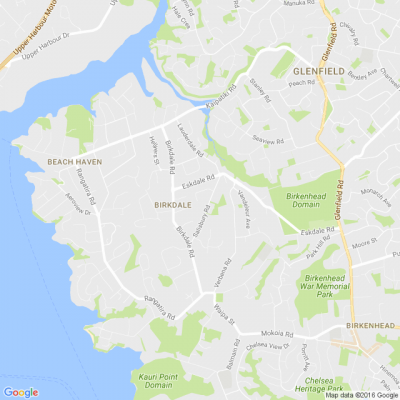









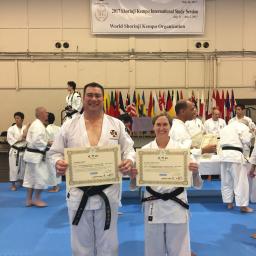
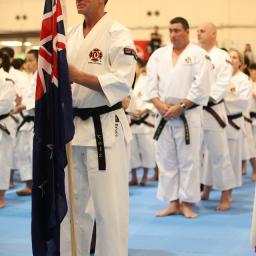
 Loading…
Loading…


